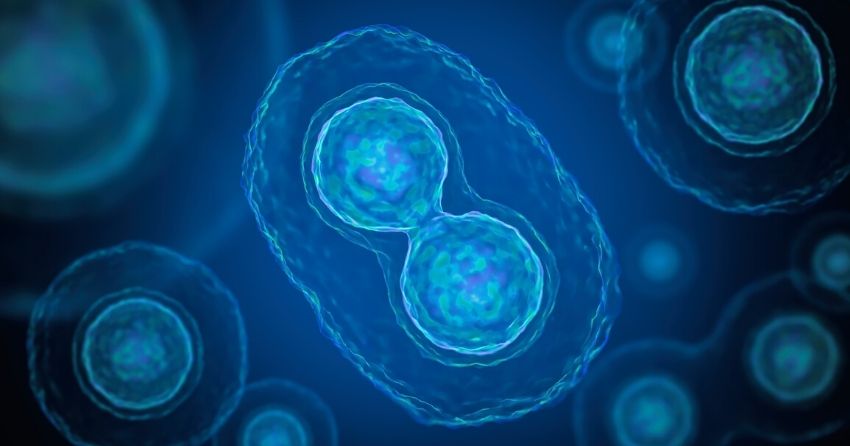Study Uncovers Role of DNA Repair in Preserving Female Fertility

-
A pathway of DNA repair plays a crucial role in preserving female egg quality.
-
In mice who were deficient in a regulator of egg cell death and exposed to irradiation, the oocytes (egg cells) were able to repair the DNA damage and thereby maintain their fertility.
-
A woman is born with her lifetime supply of oocytes, therefore the eggs get exposed to decades of stressors than can damage DNA and reduce fertility.
-
This research is hopeful for women who are over age 35 and trying to become pregnant, as well as women who have had eggs damaged through radiation or chemotherapy.
This article was posted on EurekAlert.org:
A Monash University study has uncovered the role DNA repair plays in preserving egg quality, offering hope for women whose eggs may be damaged through treatments such as radiation and chemotherapy.
The study, led by Monash Biomedicine Discovery Institute (BDI), found that when the cell death pathway is inhibited in oocytes (eggs) these eggs are capable of repairing severe DNA damage sufficiently to produce healthy offspring.
By exposing female mice deficient in TAp63, a key regulator of cell death in eggs, to various doses of gamma irradiation, it was observed that the oocytes will rapidly repair the DNA damage to maintain oocyte quality and female fertility.
Findings published in the medical journal PNAS, led by Associate Professor Karla Hutt and Dr. Jessica Stringer, outline that among the many types of DNA damage, double-strand breaks (DSBs) are the most harmful and promote chromosome rearrangements and mutations and lead to genetic instability if the DSBs are repaired incorrectly.
"Women are born with their lifetime supply of eggs, which makes them one of the longest living cells in the human body. This means that eggs are exposed to years of external and internal stressors that may damage the DNA and contribute to the reduced oocyte quality in women over 35 years of age. We have identified the DNA repair pathway that oocytes use to repair DSBs and confirmed that repair is efficient and accurate to prevent mutations in offspring generated from these eggs," Associate Professor Hutt said.
Unlike other cells in the human body, oocytes have an extremely low tolerance for DNA damage and will activate cell death pathways when exposed to the stressors of things like radiation, chemotherapeutic drugs, and environmental toxins (e.g. pollution, pesticides). Blocking oocyte death is being actively investigated as one of the most promising methods to preserve future fertility and endocrine health in female cancer patients."Cancer treatments work by causing DNA damage, and a common side effect for female patients is ovarian damage which can lead to infertility and loss of endocrine function (such as early-onset menopause). This study provides a fundamental step towards developing a truly effective fertility preservation strategy for female cancer patients and has important implications for prolonging women's fertile lifespan," Dr. Stringer said.
With survival rates for many common cancers now exceeding 80 percent, and an estimated population of 14 million female cancer survivors worldwide, there is a clear need to develop innovative approaches to protect the ovary from damage during anti-cancer treatment.
Moreover, in Australia, 20 percent of women have their first child after 35 years of age, an age at which fertility plummets and rates of miscarriage and birth defects increase dramatically. This striking maternal age effect is due to the loss of oocyte quality and possibly diminished DNA repair capacity.
The study was published in the Proceedings of the National Academy of Sciences in May 2020.





